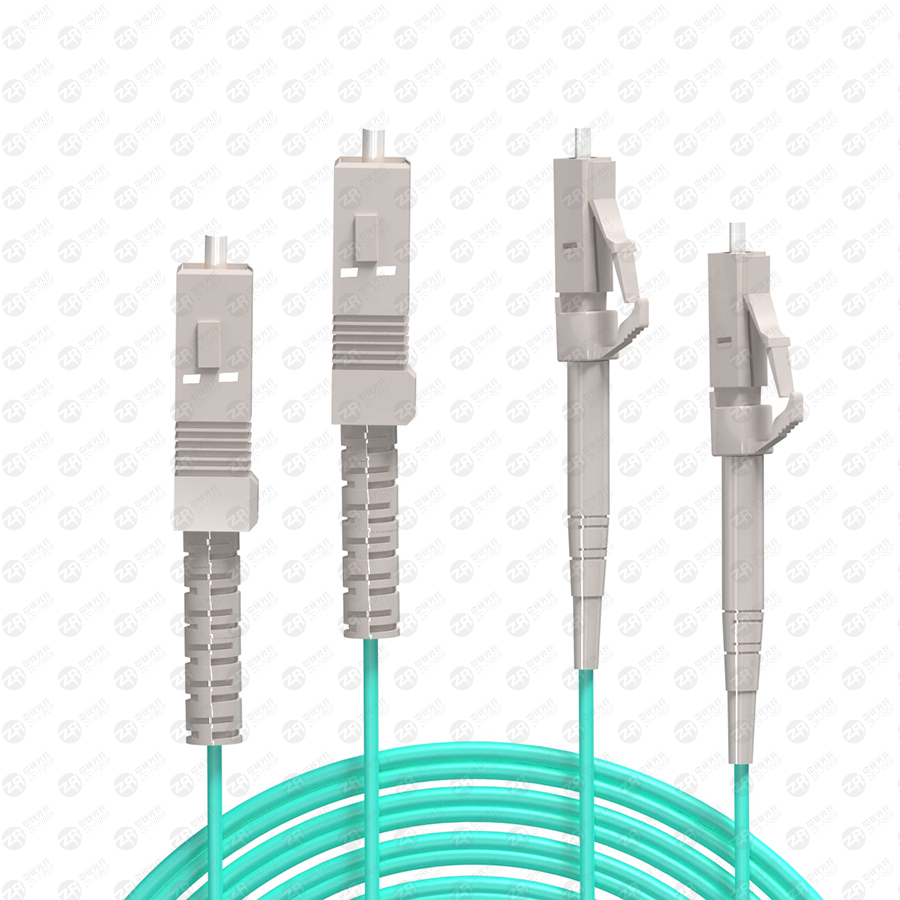As the area of the Internet continues to expand, so does the supply of fiber optic cables. Today, ZR Cable brings a little trick on how to easily coil fiber. Give it a try!
fiber coil rule
1) The fiber is coiled along the loose tube or the branching direction of the optical cable. The former is suitable for all splicing projects; the latter is only suitable for the end of the main optical cable, and it is one in and multiple out. The branches are mostly small logarithmic cables. The rule is to reel the fiber once every time after splicing and heat shrinking one or several optical fibers in loose tubes, or optical fibers in a sub-technical direction optical cable. Advantages: It avoids the confusion of optical fibers between loose optical fiber tubes or between different branched optical cables, so that the layout is reasonable, easy to install, easy to disassemble, and more convenient for future maintenance.
2) Take the heat-shrinkable tube placement unit in the reserved tray as the unit to coil the fiber. This rule is to coil the fiber according to the number of heat-shrinkable tubes that can be placed in a small placement area in the reserved tray in the splice box. For example, the GLE type barrel splice box, in actual operation, every 6 cores is a plate, which is extremely convenient. Advantages: It avoids the unevenness of the same bundle of optical fibers caused by different placement positions, difficulty in coiling and fixing, and even sharp bends and small circles.
3) In special cases, such as optical splitters, add/drop pigtails, pigtails and other special devices in the connection, it is necessary to first splicing, heat shrinking, and coiling ordinary optical fibers, and then deal with the above situations in turn. disc operation to prevent an increase in additional losses caused by squeezing.
fiber optic method
1) First the middle and then the two sides, that is, place the heat-shrinked sleeves in the fixing grooves one by one, and then deal with the remaining fibers on both sides. Advantages: It is beneficial to protect the optical fiber contacts and avoid possible damage caused by the coiled fiber. This method is often used when the optical fiber reserved disk space is small and the optical fiber is not easy to coil and fix.

2) Start the fiber coil from one end, that is, start from the fiber coil on one side, fix the heat shrinkable tube, and then process the remaining fiber on the other side.
Advantages: The placement position of the effective copper pipe can be flexibly selected according to the length of the residual fiber on one side, which is convenient and fast, and can avoid the phenomenon of sharp bends and small circles.
3) Handling of special cases, such as individual fibers are too long or too short, they can be coiled separately at the end; when there are special optical devices, they can be treated separately. If they are co-coiled with ordinary fibers, they should be coiled It is placed lightly on the ordinary optical fiber, and a buffer pad is added between the two to prevent the fiber from being broken due to extrusion, and the pigtail of the special optical device should not be too long.
4)According to the actual situation, a variety of graphic fiber coils are used. According to the length of the residual fiber and the size of the reserved disk space, coil it naturally according to the trend, do not pull it hard, and flexibly use circle, ellipse, "CC", "~" various shapes of coil fiber (note that R≥4cm), as large as possible Make maximum use of the reserved disk space and effectively reduce the additional loss caused by the disk fiber.